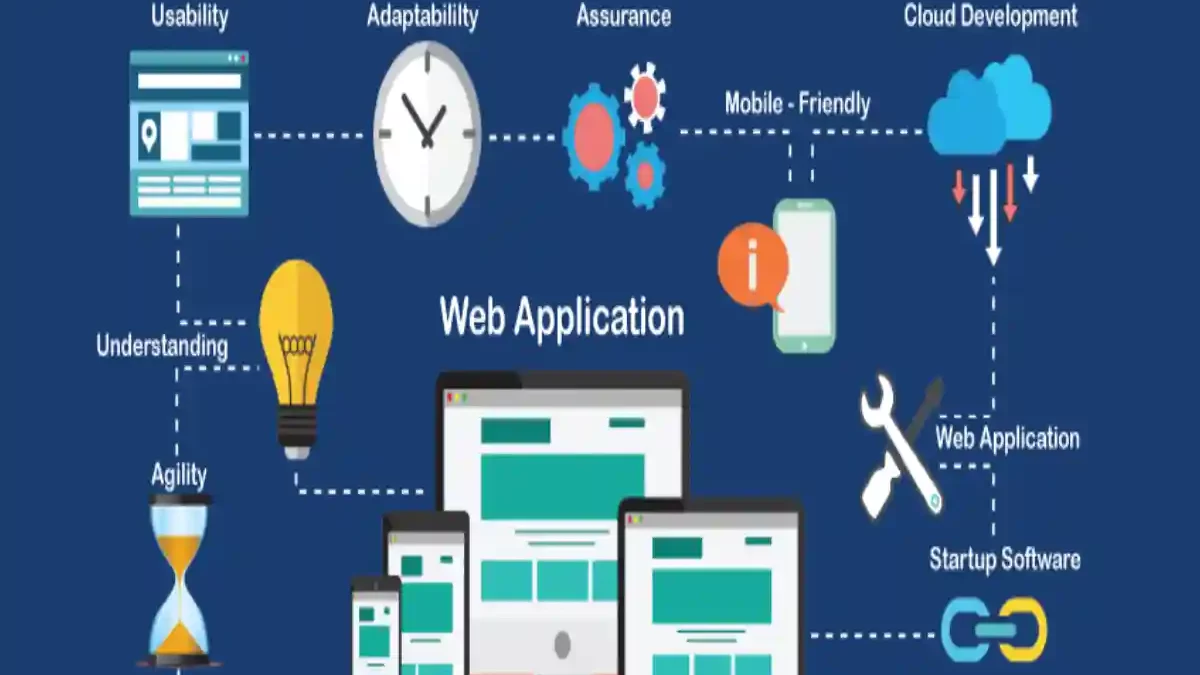Table of Contents
ToggleWhat is a Web Project?
The term ” web project ” can designate different development types, including technical creation, content management, data, graphic design, and all marketing dimensions. These developments may consist of:
- The design of a website,
- The creation of e-commerce,
- The launch of an application, etc.
Management of Web Project

Bitrix24, the best web project management software, has the necessary functionalities for planning, developing, and monitoring any web project. When a web project starts for a client, a negotiation phase is entered between the development department and the client.
Before starting work, a series of times and the stages of the project will decide. Both parties will establish a calendar, work deliverables to the client and estimate the date to complete the web project. Compliance with what was previously agreed with the client will decisive in achieving the final objective and satisfying it.
Good web project management consists of establishing the correct organization and division of tasks that make up a web project. Without this planning, there could risk of failure, and that is why it is essential to apply measures that help carry out the work correctly. Establishing processes, managing workgroups, and determining the resources available at each stage and the key dates are essential factors in managing web projects.
Also Read: How to Build A NFT Fashion Marketplace?
Phases for Planning a Successful Web Project

1. Expression of Need
A web project begins with the expression of needs and materialises in what is known as the specifications. This document, valid to assess the feasibility of the project and to calculate its costs, describes point by point:
- the functionalities,
- the framework of development (sector of activity),
- the expected technical prerequisites.
- Preparing a project model is helpful for a better understanding of expect results.
2. Constitution of the Team
Once the project’s scope has been defined, it is necessary to resort to an IT service provider, a web agency and an internal team to carry it out. This team will be able to previously evaluate the effort required to complete the project in terms of time and budget.
A typical team for a web project is made up of:
- The developers,
- a UX Designer,
- a Product Owner or Project Director.
3. Cost calculation and Planning
The project must be evaluated in parts to calculate the costs of each of them. Later, the total cost can calculate. In the case of a web project, it is necessary to determine the cost of:
- IT developments (Back Office and Front Office),
- technical tasks (hosting, backups, etc.),
- graphic and interface design,
- the content (texts, articles, brand content, white paper),
- marketing elements (landing pages, visit tracking).
In IT, the agile method proposes working in sprints (a series of 2 weeks of production separate by planning). Planning is usually embodied in a roadmap in a Gantt Chart, a list or a Kanban.
Learn how to Plan a Web Project with Euroinnova Business School

We define a project as an undertaking with a beginning and determine the end. The objective of this is to produce a good, service or result that, when fulfilled, will add value to the productive chain or will achieve some positive change for the market or the company from which it arises. Read on and discover how to plan a Web project with Euroinnova Business School!
Our training follows a distance modality and is 100% online, which means that we adapt to you and your pace of life, taking into account your personal and professional situation. So, you can specialize in your profession without fear. Read on and discover how to plan a Web project.
Who is the Professional in Charge of Project Management and Planning?
Project management or project management is the set of methods, techniques and knowledge that serve for the professional to achieve the objectives established in his company.
This intend to optimize a given project most effectively and efficiently, both for the human and material resources available in the entity.
Here are a few samples of the tasks that this professional performs:
- Define and present the project (both to clients and workers).
- To plan.
- Set the goals.
- Supervise the tasks.
- Search for solutions or changes in a project.
- Define the profile of each collaborator.
How to plan a Web Project?
Below we show you all the steps that must follow to prepare a web project.
1. Cost Calculation
Calculating project costs is essential. The content calculation, graphic design, technical tasks, computer developments and marketing elements must determine.
2. Design Concept
Design is the phase in which team members coordinate to ensure the creation of the site, application or online store. It would help if you chose the domain name, site development, marketing tools, content writing and integration, and script integration.
3. Test
Before the project’s launch, it is essential to carry out a test to verify that the service is satisfactory.
4. Launch
When the testing phase finish and the errors that may have arisen correct, the project will launch and will process to achieve its objective. The project must be made known through the different marketing tools.
How to Create the Timing of a Web Project?
To capture the planning of a web project and present it to your client, you need to be clear about what parts the project can divide into.
It is vital to know features such as the tasks to carry out, available resources, unforeseen events that may arise, etc., to create a timing that adjusts to reality.
Dynamic Web Applications and Projects
Dynamic Web projects are permanently embedded in enterprise application projects. The wizard used to create a Dynamic Web project will also create an Enterprise Application (EAR) project if it does not already exist. The wizard also updates the application.xml deployment descriptor of the specific Enterprise Application project to define the as a module element. If you import a file instead of creating a new Dynamic, the WAR Import wizard requires you to specify a Web project, which previously required an EAR project.
Conclusion
Planning from start to finish can be a complex task. To guarantee success, it is essential to know how to define the different functions faced in each phase of the website project. So that you planning for complete success, we will see how to create the timing and the steps to follow to develop a web project.

